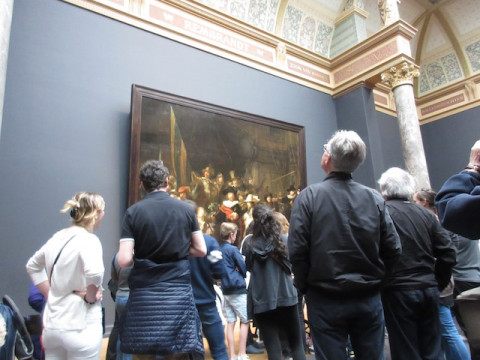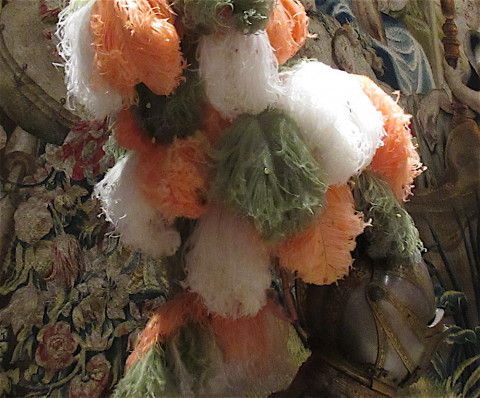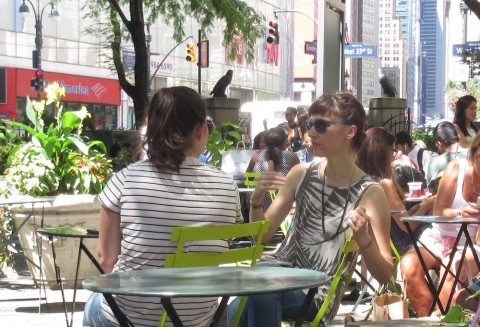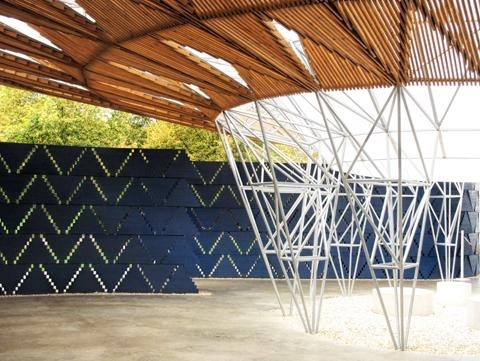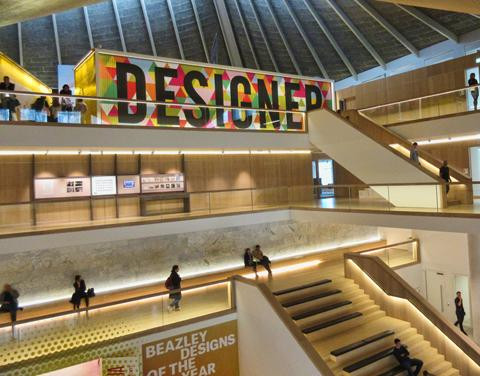Lighting, with Neuroscience

The human-generated light that designers choose for spaces has a significant effect on what goes on in our minds and in our bodies. Neuroscience research indicates how to best tune the type of artificial light we experience, that light’s color, intensity, placement, and distribution.
